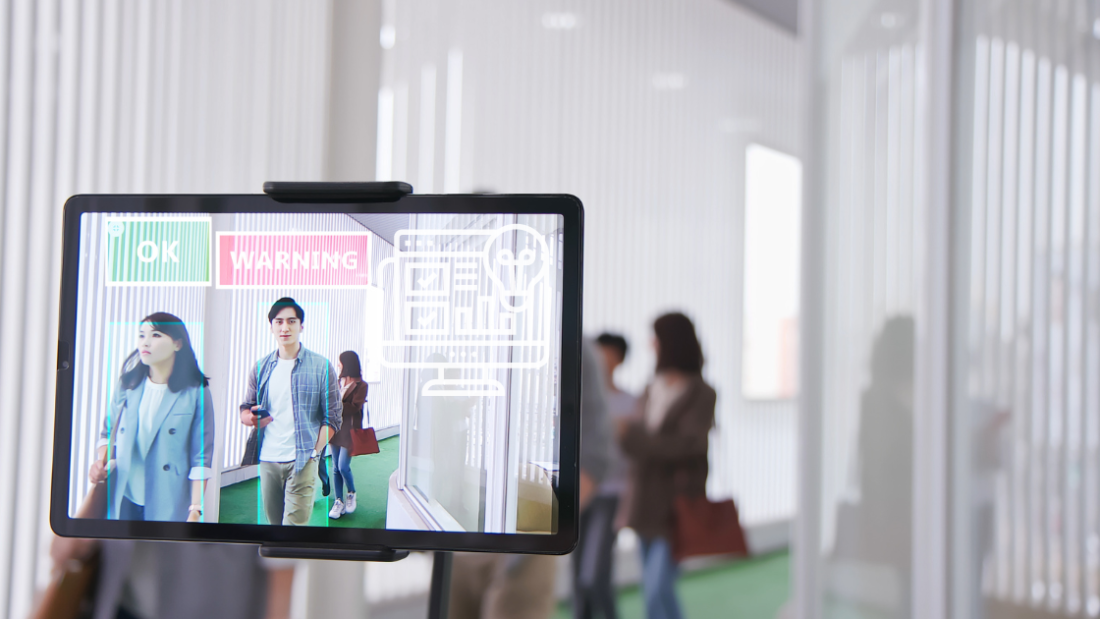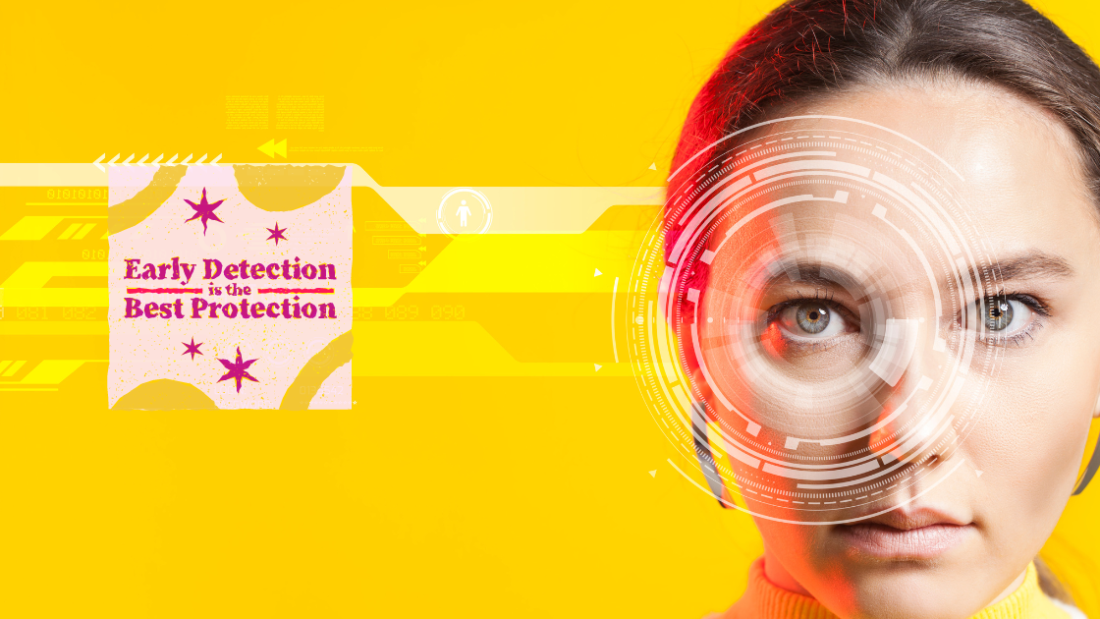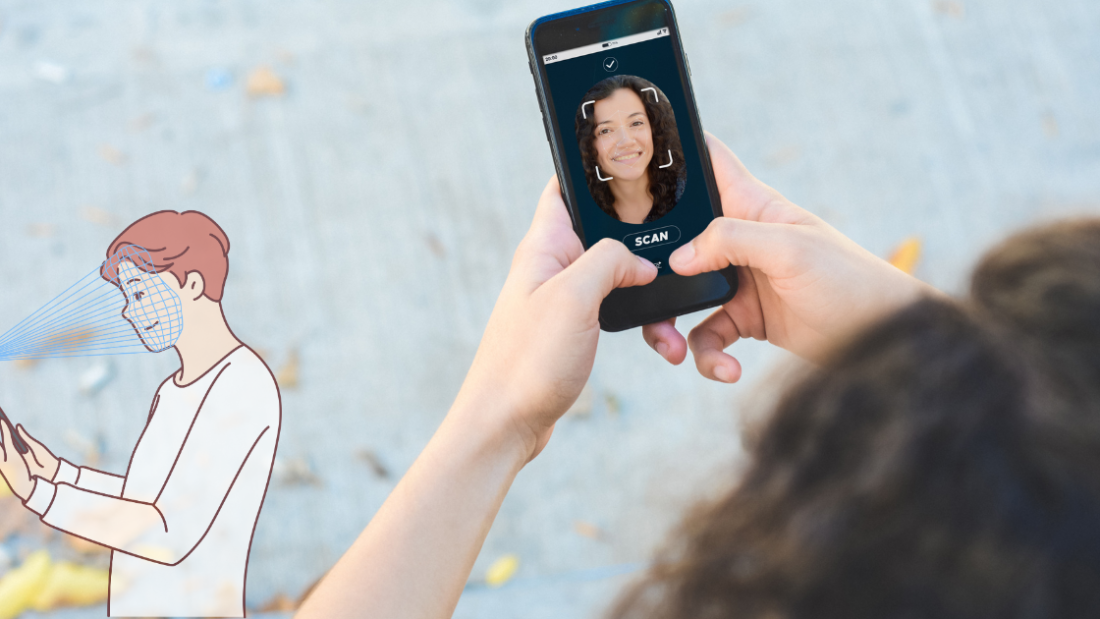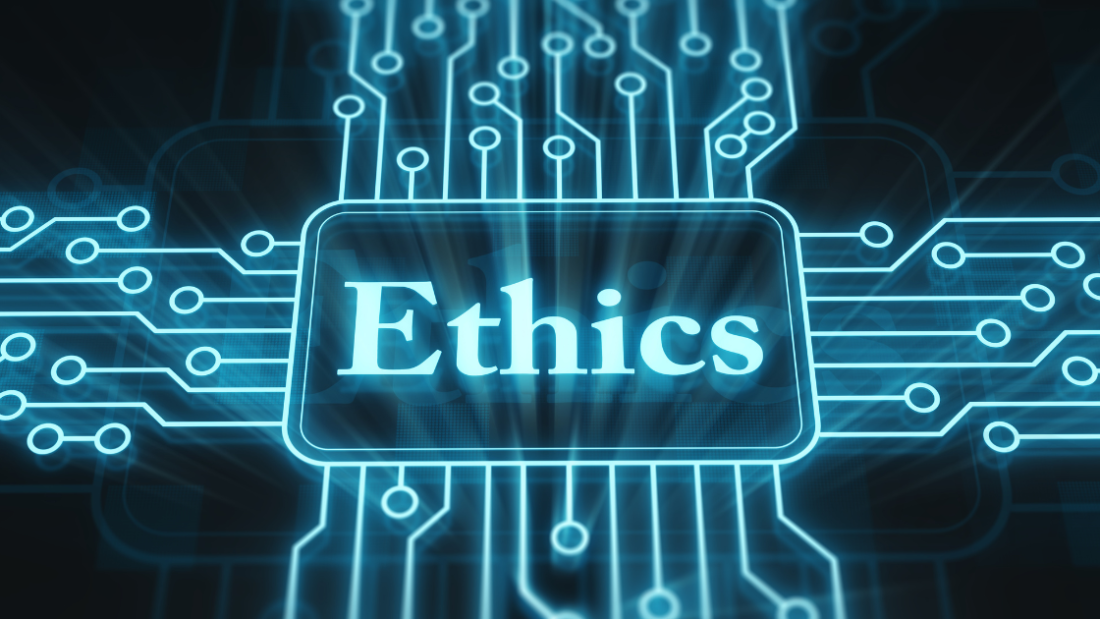Unlock the power of attribute analysis with facial recognition for retail analytics, VIP programs, security, time and attendance systems, and payment solutions.Did you know that 87% of businesses credit their success to attribute analysis? Understanding the impact of different factors on outcomes is crucial for making informed decisions. Attribute analysis involves dissecting various elements to determine their influence, enabling businesses to optimize strategies effectively. By delving into this process, organizations can pinpoint what works best and allocate resources wisely. Stay tuned as we explore the significance of attribute analysis, its benefits, and how it can revolutionize your approach to decision-making in the dynamic business landscape.
Exploring Face Recognition
Evolution
Face recognition technology has evolved significantly over the years. Initially developed in the 1960s, it has come a long way from its rudimentary beginnings to the sophisticated systems we see today. The early stages focused on basic facial feature identification, while modern advancements delve into complex algorithms and deep learning.
Key Components
Facial recognition systems consist of several key components that enable accurate identification. These include facial detection, where the system locates a face within an image or video, face capture, which involves taking a picture of the face, and face matching, where the captured face is compared against existing data for verification.
Real-World Applications
The applications of face recognition technology are diverse and impactful. In security, it is used for access control, surveillance, and law enforcement to enhance safety measures. In marketing, companies utilize facial recognition for targeted advertising campaigns based on demographic information obtained through facial analysis.
Facial Recognition in Healthcare
In the healthcare sector, face recognition technology plays a vital role in patient identification and medical records management. By accurately verifying patient identities, healthcare providers can ensure proper treatment and reduce errors in medication administration. Moreover, age progression analysis using facial recognition aids in predicting how individuals may age over time, which is valuable for personalized healthcare planning.
Facial Biometrics in Banking
Banks have also embraced facial biometrics as a secure means of authentication for transactions and account access. By utilizing facial recognition tools, financial institutions can offer customers a seamless and secure banking experience. This technology enhances fraud prevention measures by adding an extra layer of security beyond traditional methods like passwords or PINs.
Face Recognition in Retail
Retailers leverage facial recognition technology to analyze customer behavior and preferences, enabling them to tailor marketing strategies effectively. By deploying facial recognition technologies in-store, businesses can gather valuable insights on shopper demographics and shopping patterns, leading to targeted promotions and improved customer engagement.
Future Trends
Looking ahead, the future of face recognition technology holds promising advancements such as enhanced privacy protection features and increased accuracy through machine learning algorithms. As this technology continues to evolve, its applications across various industries will expand, revolutionizing how we interact with digital systems.
Understanding Attribute Analysis
Definition
Attribute analysis in the realm of data science refers to the process of examining and evaluating the characteristics or attributes of a dataset. It involves identifying key variables within the data that can provide meaningful insights.
Attribute analysis is crucial for understanding the underlying patterns and relationships present in the data. By analyzing these attributes, data scientists can uncover trends, correlations, and anomalies that may not be immediately apparent.
Extraction of Valuable Insights
Through attribute analysis, data scientists can extract valuable insights that drive informed decision-making. By delving deep into the various attributes of a dataset, they can identify patterns, trends, and outliers that offer significant business intelligence.
By focusing on specific attributes, such as customer demographics or purchasing behavior, organizations can gain a comprehensive understanding of their target audience. This enables them to tailor their marketing strategies, improve customer satisfaction, and optimize operational efficiency.
Importance in Decision-Making
Attribute analysis plays a pivotal role in the decision-making process by providing data-driven insights. By scrutinizing different attributes within a dataset, organizations can make informed decisions based on concrete evidence rather than intuition or guesswork.
For example, in the context of face recognition technology discussed earlier, attribute analysis can help identify key facial features that contribute to accurate facial recognition. By analyzing attributes such as distance between facial landmarks or color variations, developers can enhance the performance and reliability of the technology.
Benefits in Marketing
Enhanced Marketing Strategies
Marketing strategies benefit significantly from attribute analysis by allowing marketers to create more targeted and effective campaigns. By analyzing various attributes such as demographics, preferences, and behaviors, marketers can tailor their marketing campaigns to specific audience segments. This level of personalization leads to higher engagement and conversion rates.
Utilizing attribute analysis enables marketers to gain a deep understanding of consumer behavior. By examining data points related to past purchases, browsing history, and interactions with the brand, marketers can predict future actions and preferences. This insight helps in creating personalized marketing campaigns that resonate with customers on a more individual level.
Improved Marketing ROI
One of the most significant impacts of attribute analysis is its ability to enhance marketing ROI. By leveraging attribute analysis to deliver personalized advertising, companies can increase the relevance of their ads, leading to higher click-through rates and conversions. This targeted approach not only improves the effectiveness of marketing campaigns but also reduces wasted ad spend.
Pros:
Higher engagement rates
Increased conversion rates
Better understanding of consumer behavior
Cons:
Requires robust data collection and analysis
Initial setup costs may be high
Role in Customer Engagement
Attribute analysis plays a crucial role in fostering customer engagement by delivering relevant and timely messages. Through personalized ads based on attributes such as location, interests, and previous interactions, companies can create a seamless shopping experience for their customers. This personalized approach not only increases customer satisfaction but also strengthens brand loyalty.
Incorporating attribute analysis into marketing strategies empowers companies to connect with their customers on a deeper level. By understanding each customer’s unique preferences and needs, businesses can tailor their messaging and offerings to match individual expectations. This level of personalization fosters long-term relationships and drives repeat business.
Application in Various Sectors
Healthcare
Attribute analysis plays a crucial role in healthcare, especially in patient diagnosis. By utilizing data on symptoms, medical history, and test results, healthcare professionals can accurately diagnose illnesses and recommend appropriate treatments. This analysis helps in identifying patterns in patient behavior and predicting potential health risks.
In the healthcare sector, attribute analysis aids in personalizing treatment plans based on individual characteristics. By integrating patient data with advanced analytical tools, healthcare providers can offer tailored care that suits the specific needs of each patient. This approach enhances the overall efficiency of healthcare services and improves patient outcomes.
Finance
In finance, attribute analysis is utilized for risk assessment, where financial institutions analyze various attributes to evaluate the creditworthiness of individuals or businesses. By examining factors such as credit history, income levels, and debt-to-income ratios, financial institutions can assess the likelihood of default and make informed lending decisions.
Attribute analysis enables financial institutions to identify potential fraudulent activities by detecting unusual patterns or discrepancies in financial transactions. This proactive approach helps in preventing financial losses and protecting both the institution and its customers from fraudulent behavior. Attribute analysis enhances security measures, ensuring the integrity of financial systems.
E-Commerce
E-commerce businesses leverage attribute analysis to provide personalized recommendations to users based on their browsing history, purchase behavior, and preferences. By analyzing user attributes such as past purchases, search queries, and demographic information, e-commerce platforms can offer customized product suggestions that cater to individual tastes and preferences.
One of the key benefits of attribute analysis in e-commerce is enhancing user experience by offering relevant product recommendations that increase the likelihood of conversion. By understanding user behavior and preferences through attribute analysis, e-commerce businesses can create a more engaging shopping experience that drives customer loyalty and increases sales revenue.
Case Studies Overview
Customer Preferences
Experience a case study where attribute analysis accurately predicted customer preferences, aiding companies in tailoring products and services to meet specific demands. By analyzing customer data such as demographics, purchasing history, and feedback, businesses can gain valuable insights into what drives consumer behavior.
This analytical approach enables companies to identify patterns and trends that influence customer choices, allowing for targeted marketing strategies and product development. Through level-headed analysis of attributes like price sensitivity, brand loyalty, and product features, businesses can enhance customer satisfaction and loyalty.
Operational Efficiency
Explore a case study illustrating how attribute analysis significantly enhanced operational efficiency within a manufacturing company. By evaluating key attributes related to production processes, quality control, and resource allocation, the company streamlined operations, reduced waste, and optimized resource utilization.
Efficiency gains were achieved through a detailed examination of factors such as machine performance, inventory management, and workforce productivity. Leveraging attribute analysis helped the company identify bottlenecks, implement process improvements, and achieve cost savings while maintaining high-quality standards.
Supply Chain Management
Delve into a case study demonstrating the transformative impact of attribute analysis on optimizing supply chain management. By scrutinizing various attributes such as lead times, transportation costs, and supplier performance, companies can make informed decisions to improve overall supply chain efficiency.
Through data-driven analysis of supply chain attributes, organizations can enhance visibility into their operations, mitigate risks, and foster collaboration with suppliers. This strategic approach enables companies to streamline processes, reduce inventory carrying costs, and respond swiftly to market demands.
Addressing Challenges
Data Quality
Implementing attribute analysis often faces challenges related to data quality. Inaccurate or incomplete data can skew results and hinder decision-making processes. To overcome this, organizations must establish robust data validation protocols.
In attribute analysis, ensuring that data is accurate and reliable is crucial for obtaining meaningful insights. Organizations can address data quality challenges by conducting regular data cleansing procedures. This involves identifying and correcting errors, duplicates, and inconsistencies in the dataset.
Privacy and Security
Another significant challenge in attribute analysis is maintaining data privacy and security. With the increasing focus on data protection regulations like GDPR, organizations need to prioritize safeguarding customer information. Implementing encryption methods and access controls can help mitigate risks of data breaches.
Ensuring compliance with data privacy regulations is essential for building trust with customers. By implementing privacy-enhancing technologies, organizations can protect sensitive information while still leveraging it for analysis purposes.
Future Trends and Innovations
AI Integration
AI integration is set to revolutionize attribute analysis in the future. Machine learning algorithms will enhance accuracy and efficiency.
Artificial intelligence will enable the automation of complex data processing tasks, leading to quicker insights and more accurate results. By leveraging AI, attribute analysis tools will become smarter and more adaptive to changing data patterns.
Big Data Evolution
The evolution of attribute analysis is closely tied to handling big data. As data volumes continue to grow exponentially, traditional methods struggle to keep pace. Attribute analysis tools are adapting by incorporating advanced algorithms capable of processing vast amounts of data swiftly.
Incorporating big data analytics into attribute analysis allows for a deeper understanding of trends and patterns within datasets. This evolution enables businesses to make informed decisions based on real-time data insights.
Real-Time Analytics
The shift towards real-time analytics is reshaping attribute analysis methodologies. Real-time analytics provide instant feedback on changing data, allowing for quick decision-making processes.
By implementing real-time analytics in attribute analysis, organizations can respond promptly to market changes and consumer preferences. This capability ensures that businesses stay competitive in dynamic environments.
Potential Advancements
In the future, attribute analysis tools are expected to offer more immersive experiences for users. By incorporating interactive visualizations and intuitive interfaces, users can explore data in a more engaging manner.
Demographics play a crucial role in attribute analysis, providing valuable insights into consumer behavior and preferences. Future advancements will focus on utilizing demographic information to personalize user experiences and tailor recommendations.
Enhanced Computer Algorithms
Advancements in computer algorithms are driving innovation in attribute analysis technology. These sophisticated algorithms enable faster processing speeds and improved accuracy in identifying patterns within datasets.
The integration of AI and machine learning algorithms with attribute analysis tools will lead to more efficient data processing and enhanced predictive capabilities. This synergy will empower businesses to make data-driven decisions with confidence.
Encouragement for Adoption
Scalability Benefits
Attribute analysis offers scalability benefits, allowing businesses of all sizes to harness its power. Whether a small startup or a large corporation, the flexibility of attribute analysis solutions caters to diverse organizational needs.
Expanding companies can utilize attribute analysis to optimize engagement with their target audience. By leveraging ads and other promotional strategies based on conversion rates derived from attribute analysis, businesses can enhance their market reach and impact.
Long-term Advantages
Incorporating attribute analysis into organizational strategies brings about long-term advantages. By consistently monitoring and analyzing various attributes, businesses can adapt their tactics to changing market trends effectively.
The ability to pinpoint consumer preferences through attribute analysis enables companies to tailor their products and services accordingly. This personalized approach not only boosts customer satisfaction but also fosters brand loyalty over time.
Final Remarks
You’ve delved into the world of attribute analysis, uncovering its potential in revolutionizing various sectors. Embracing this technology can enhance your marketing strategies, streamline operations, and drive innovation. By addressing challenges head-on and staying abreast of future trends, you position yourself at the forefront of progress.
Now is the time to seize the opportunities that attribute analysis offers. Incorporate it into your business practices, explore its applications, and witness the transformative impact firsthand. Stay curious, stay innovative, and let attribute analysis propel you towards success.
Frequently Asked Questions
What is attribute analysis in the context of the blog post?
Attribute analysis refers to the process of examining and understanding specific characteristics or traits associated with an object, person, or entity.
How can attribute analysis benefit marketing strategies?
Attribute analysis can enhance marketing strategies by providing insights into consumer preferences, behavior patterns, and trends. By understanding key attributes, marketers can tailor their campaigns to target specific demographics effectively.
Can you provide examples of sectors where attribute analysis is applied?
Attribute analysis finds applications in diverse sectors such as retail, healthcare, finance, and more. It helps in personalizing customer experiences, optimizing operations, and making data-driven decisions across various industries.
What are some common challenges faced when conducting attribute analysis?
Challenges in attribute analysis may include data quality issues, interpretation complexities, scalability concerns, and ensuring the accuracy of results. Overcoming these challenges requires robust methodologies and advanced analytical tools.
What future trends and innovations can we expect in attribute analysis?
The future of attribute analysis is likely to see advancements in AI-driven algorithms, real-time data processing capabilities, and integration with IoT devices. These innovations will enable more accurate predictions and deeper insights for decision-making processes.









